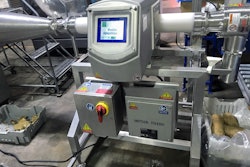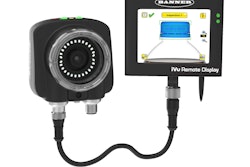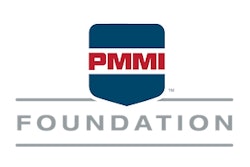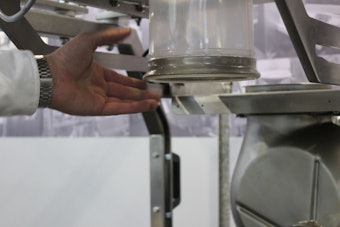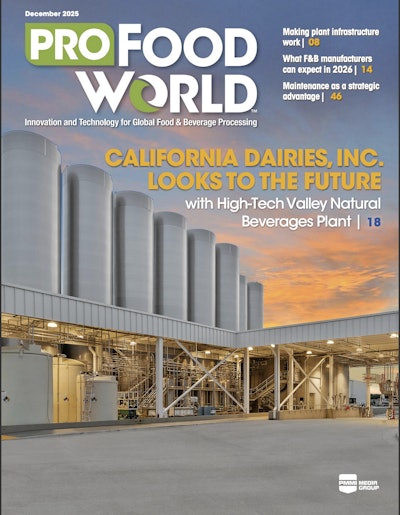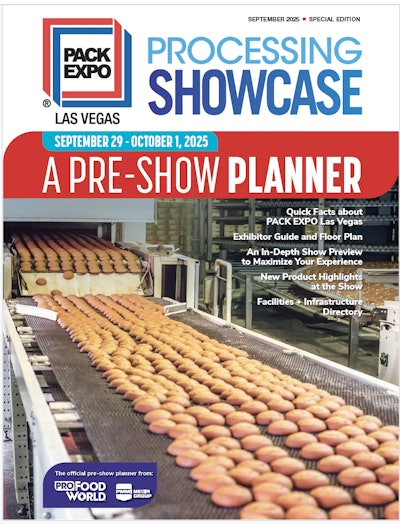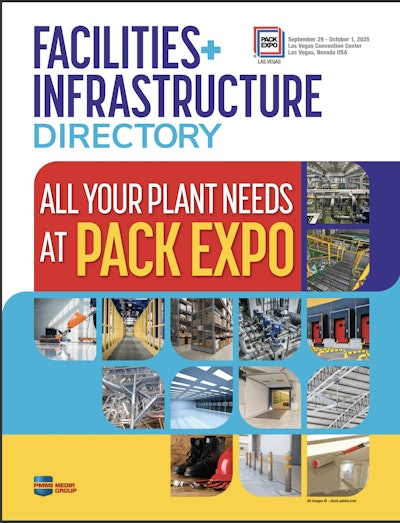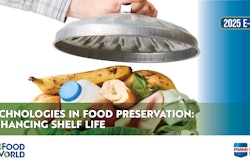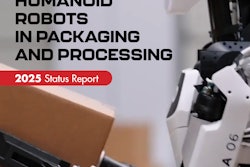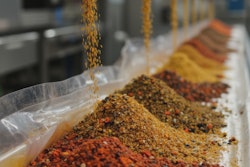Traditional “Fixed Position Cutting,” where the entire bar is pushed through a harp, results in portions with consistent dimensions, but not weight, due to the lack of ability to make corrections based on irregularities. According to Alexandre Tessier and Bruno Omann, P. Eng. at Letico, this method works well for selling at a variable weight, but the only possible corrections are to manually weigh and shave off any extra weight.
With “Variable Thickness Cutting,” cheese is placed on a conveyor belt and moved piece by piece toward a knife, which allows a variance of cut thickness. Weight adjustments can then be made by varying the index length in one of the following methods:
- A manual post-cut adjustment based on weight feedback.
- An automatic post-cut adjustment based on weight feedback from a checkweigher.
- A pre-cut automatic adjustment using volume measurements.
- An automatic adjustment that can be made both pre and post cut, using volume measurements and density.
Tessier suggests Letico’s solution of using a 3D camera to calculate the cross-sectional area, allowing additional optimization solutions such as calculating a “zero-trim” solution, and automatic density compensation.
Zero-trim involves changing the target weight from bar to bar, by knowing the entire bar volume and generating a cut solution that provides only “good” pieces.
Auto density correction compares the weight of each piece to the expected weight and makes modifications to the density value that is used to target volume so that the next piece measures as expected.
Tessier said that based on historical production data, typical giveaway amounts were reduced by 25 percent with the 3D Vision continuous cut optimization process.
Letico, from Quebec, Canada, specializes in programmable controllers, industrial computers and networks focused on food and beverage.




